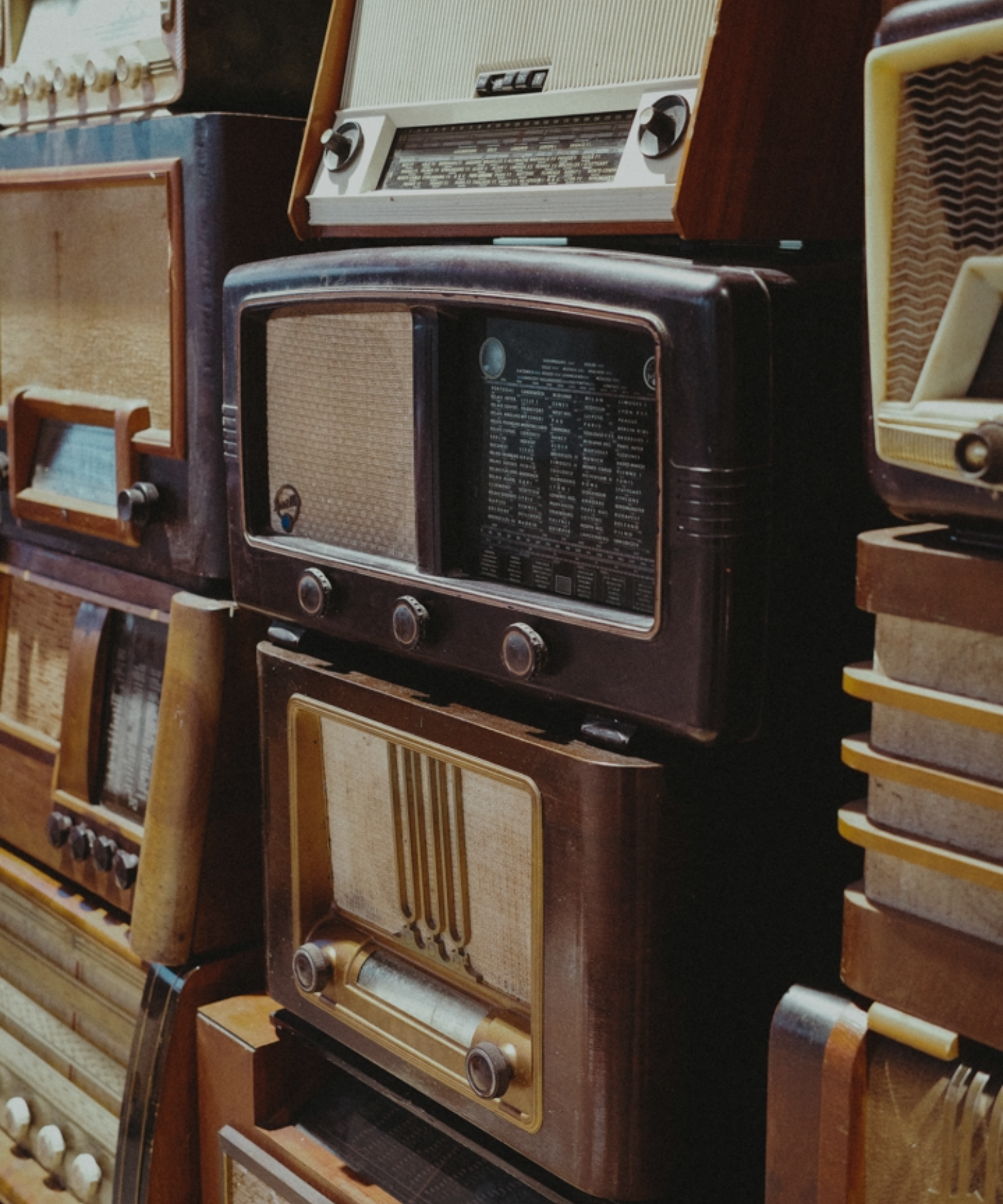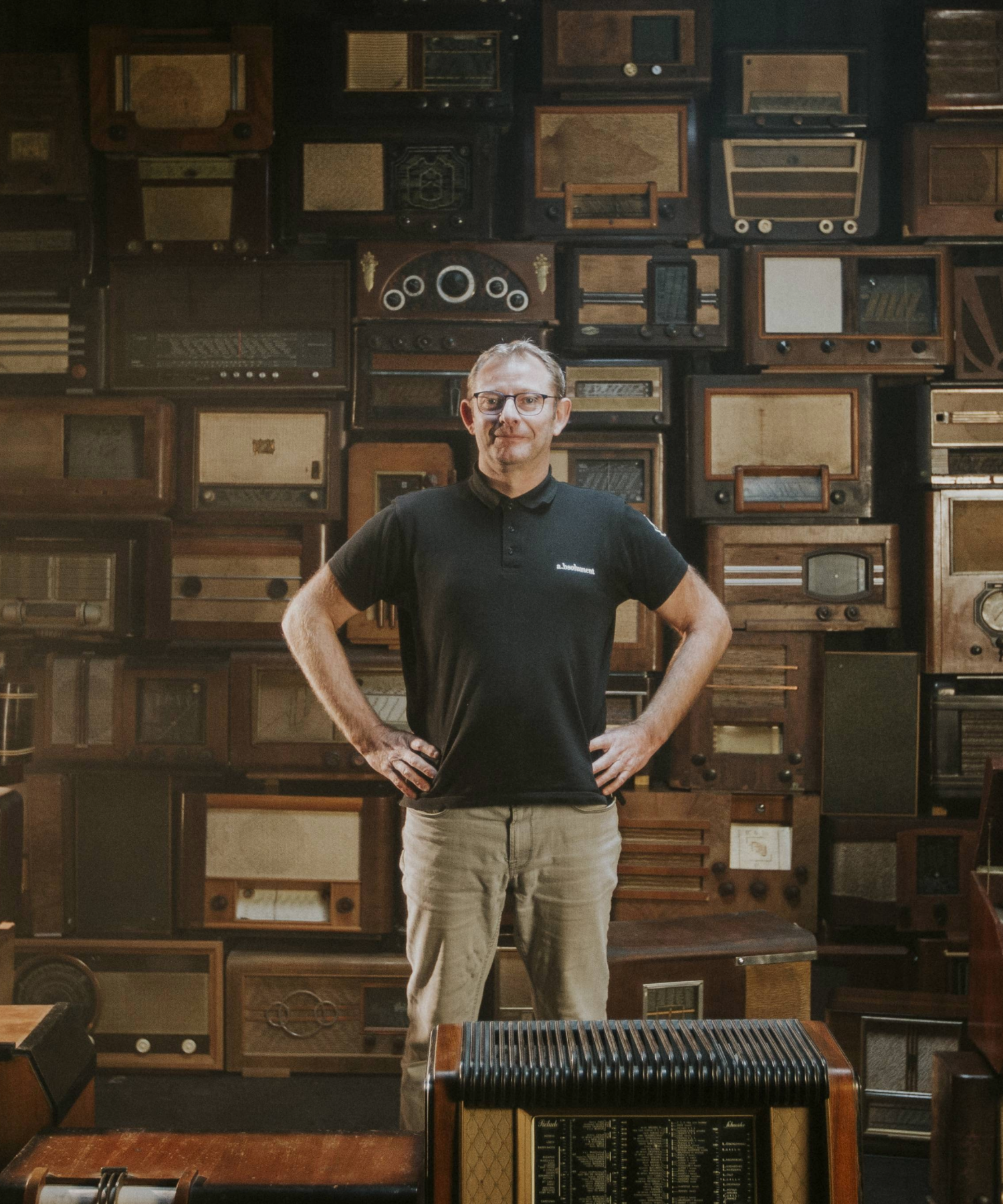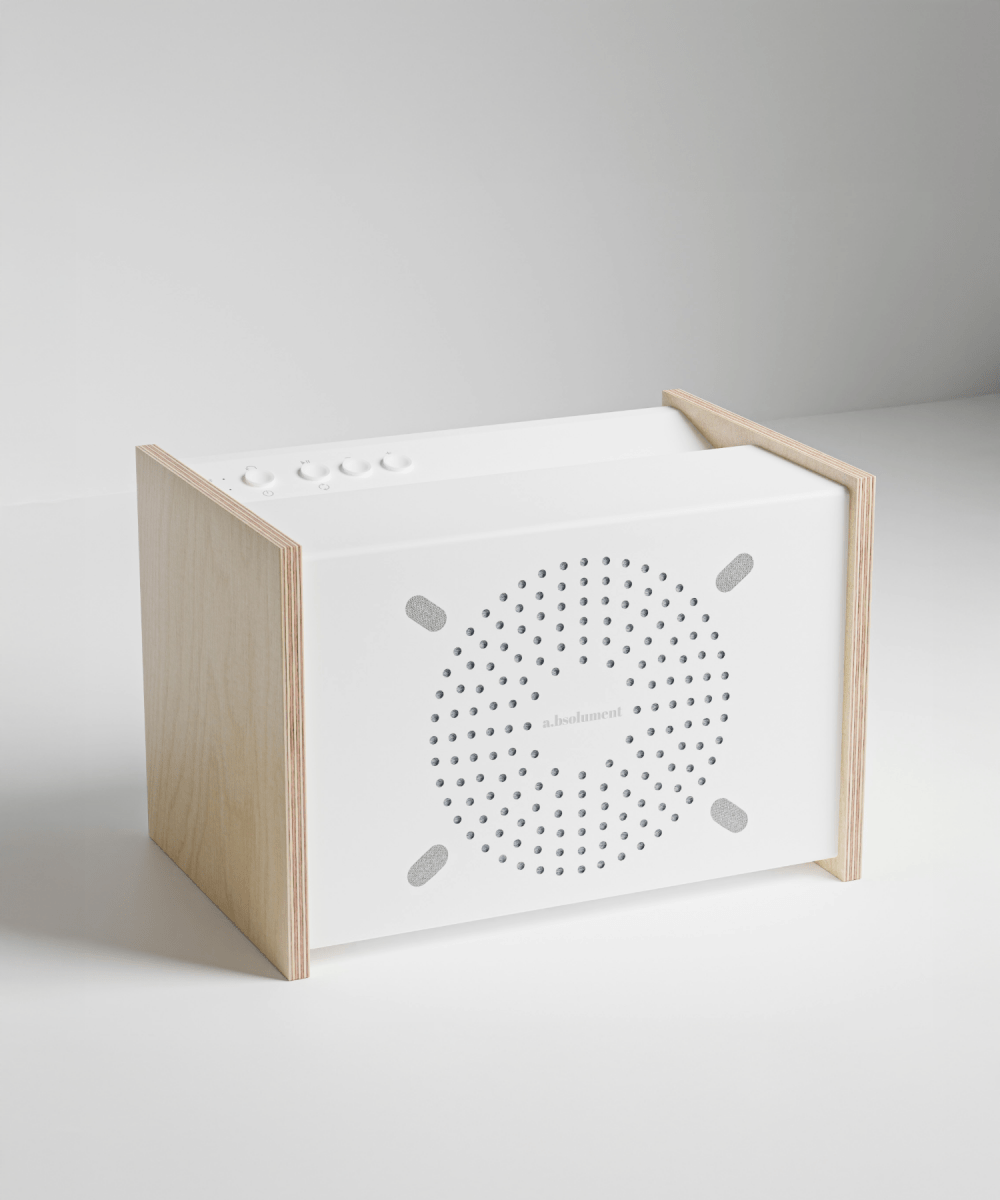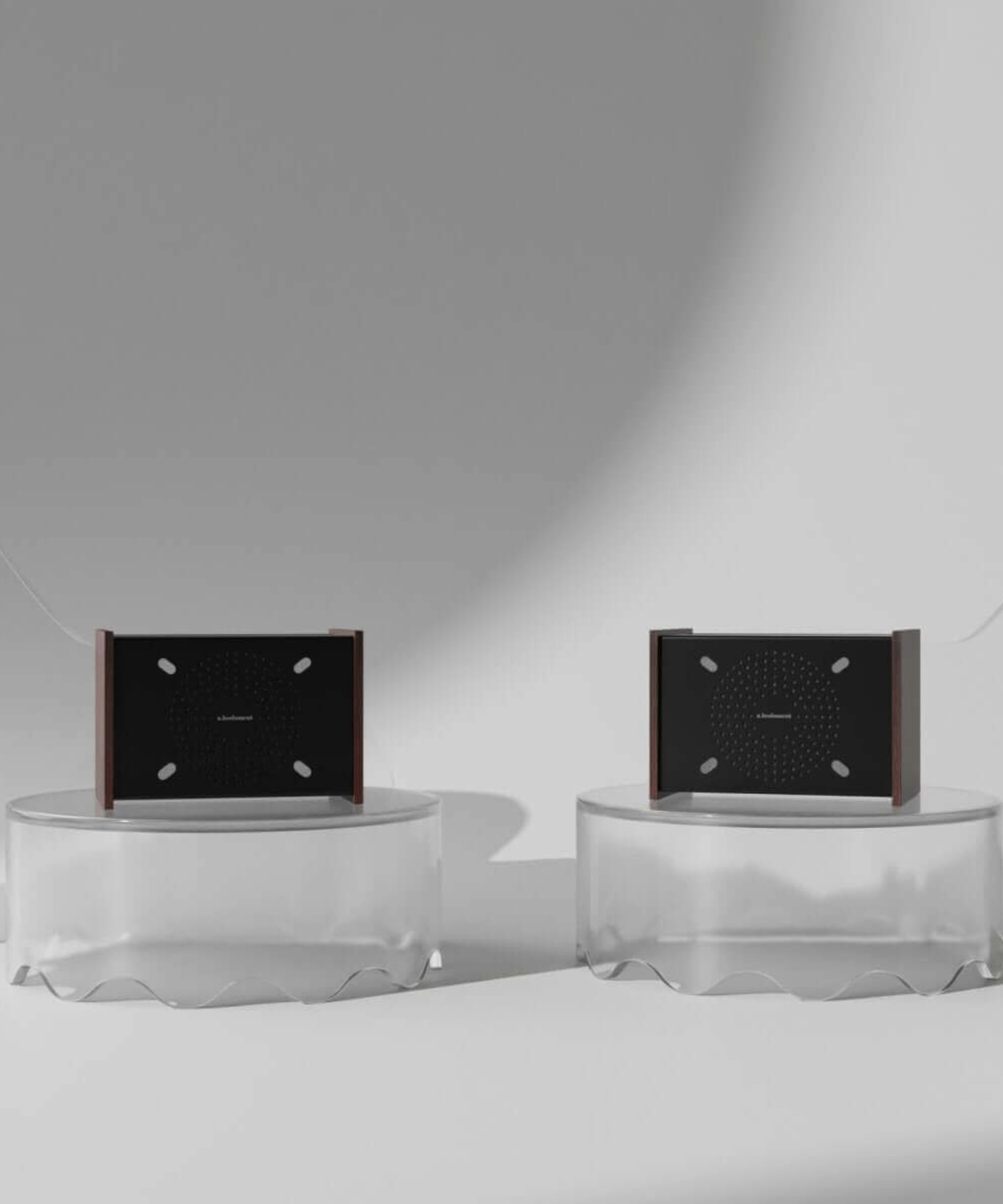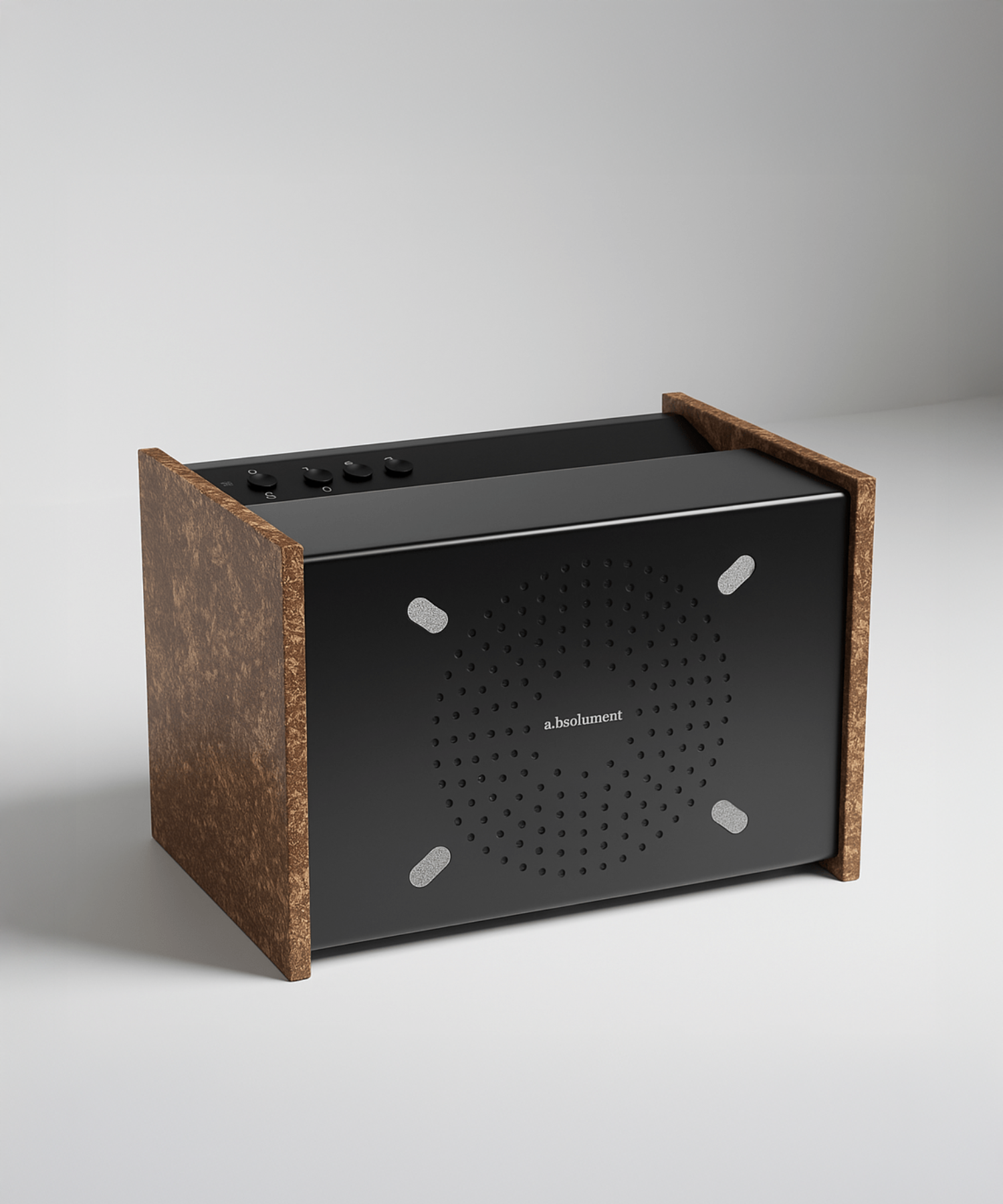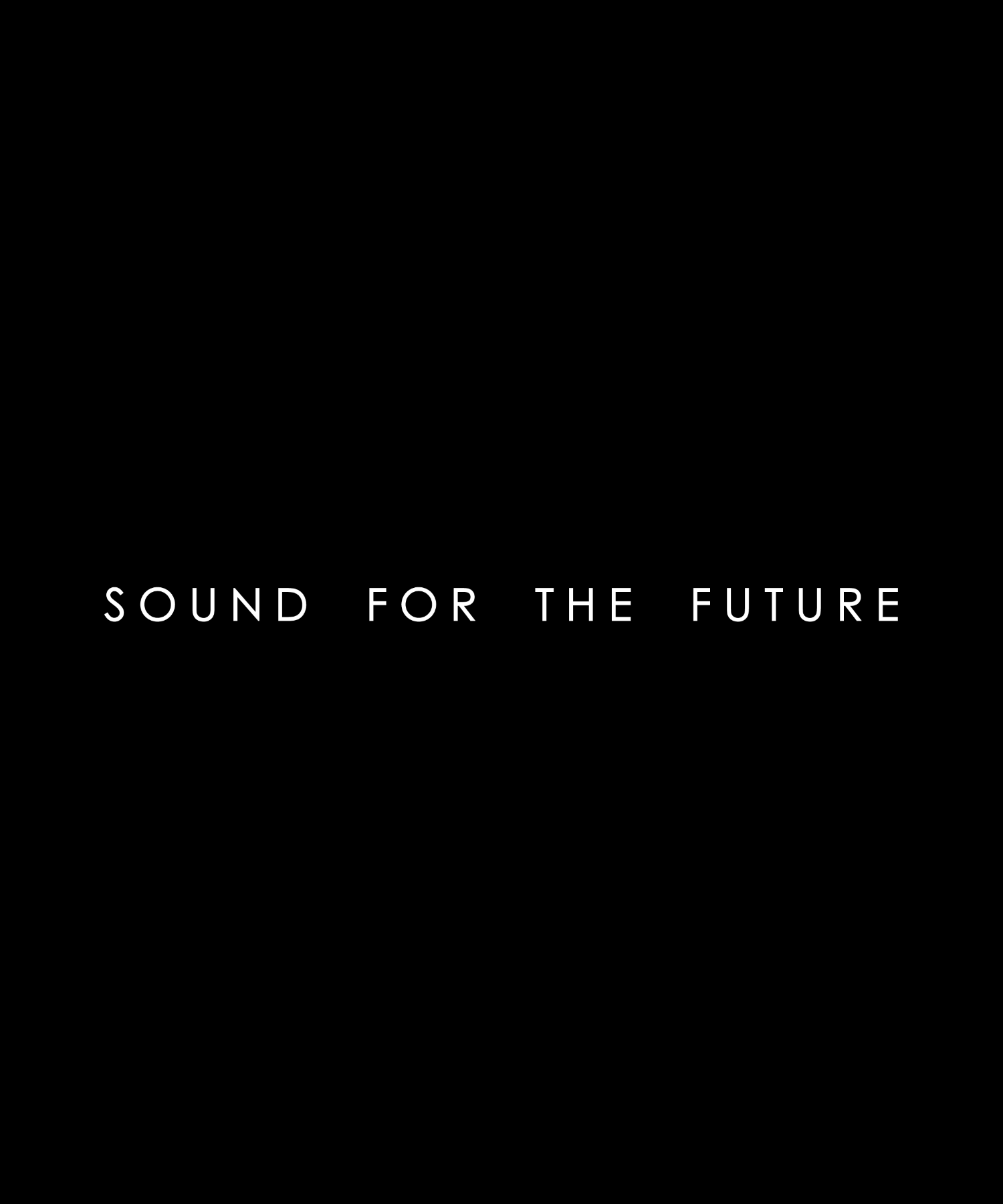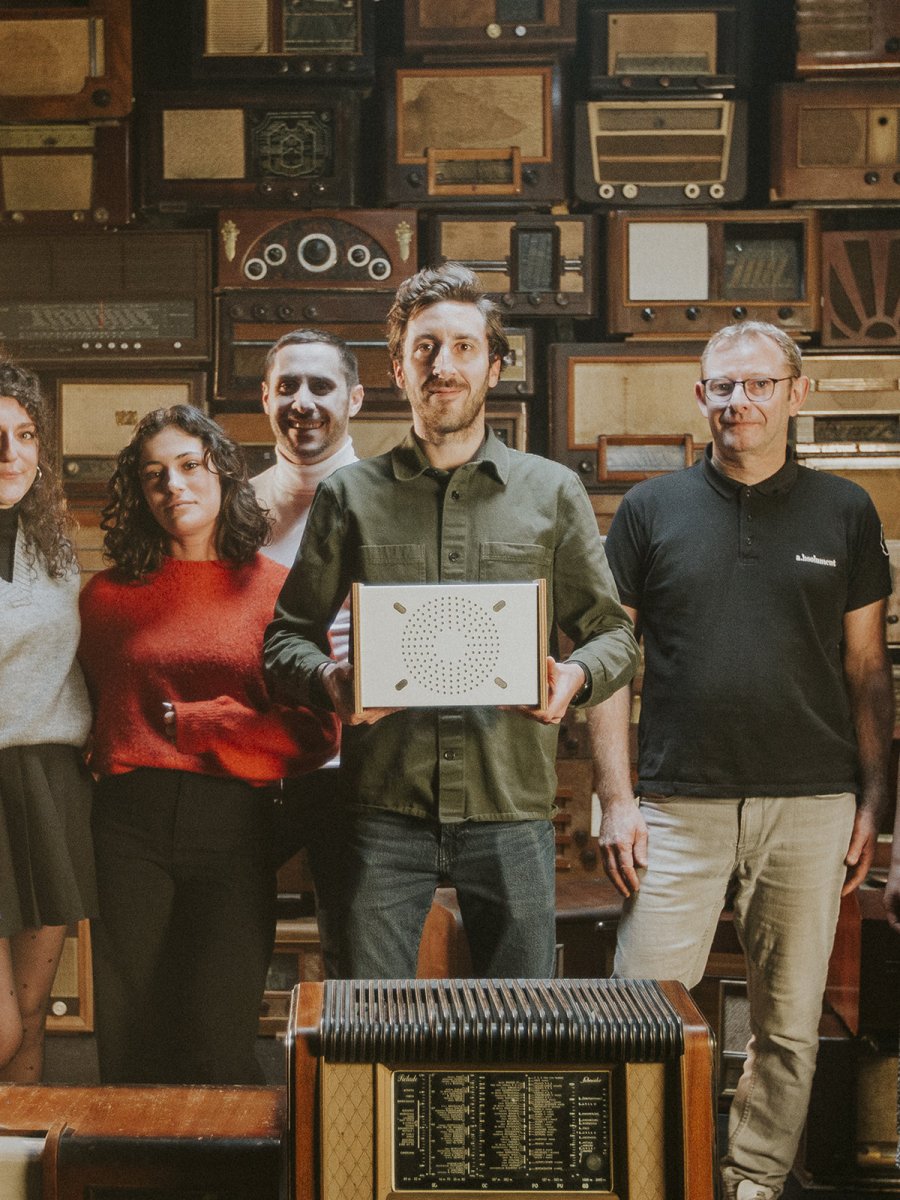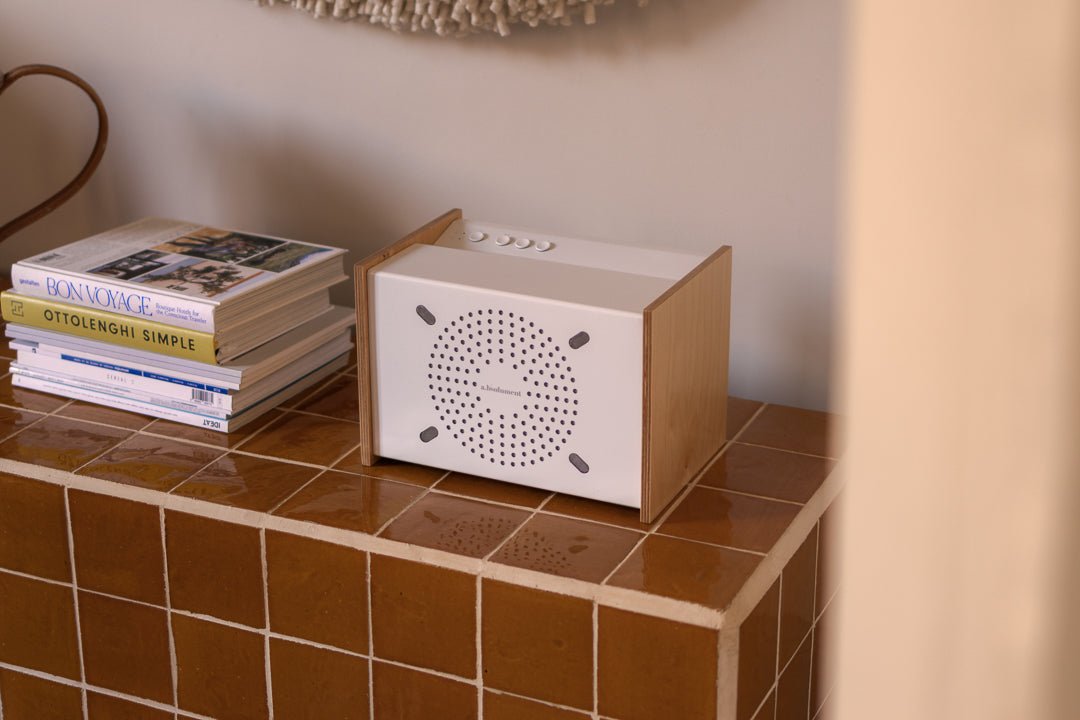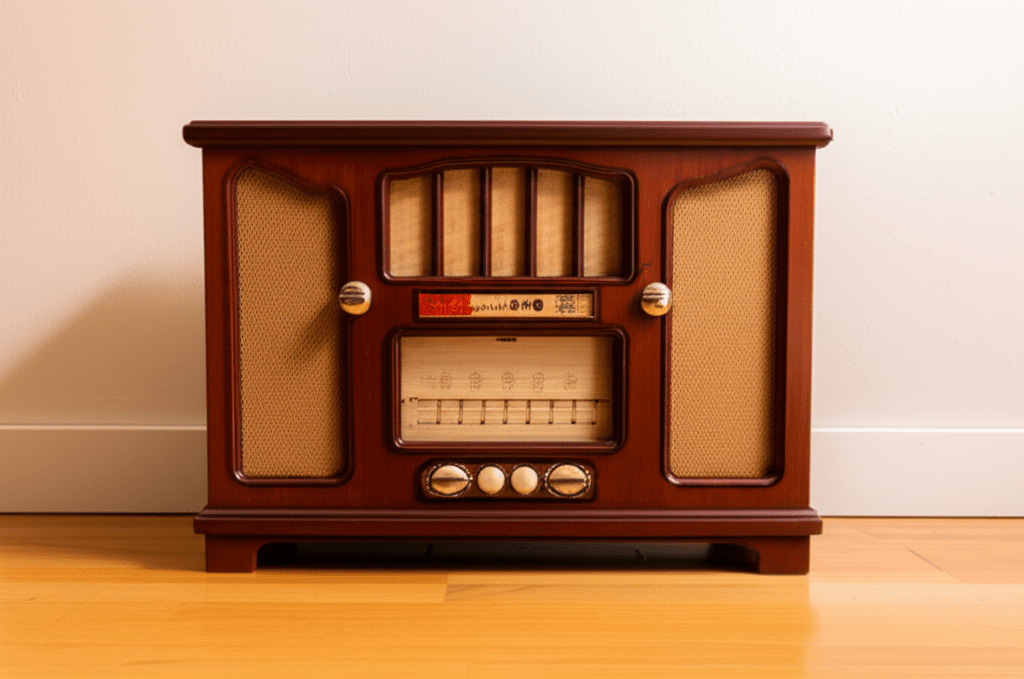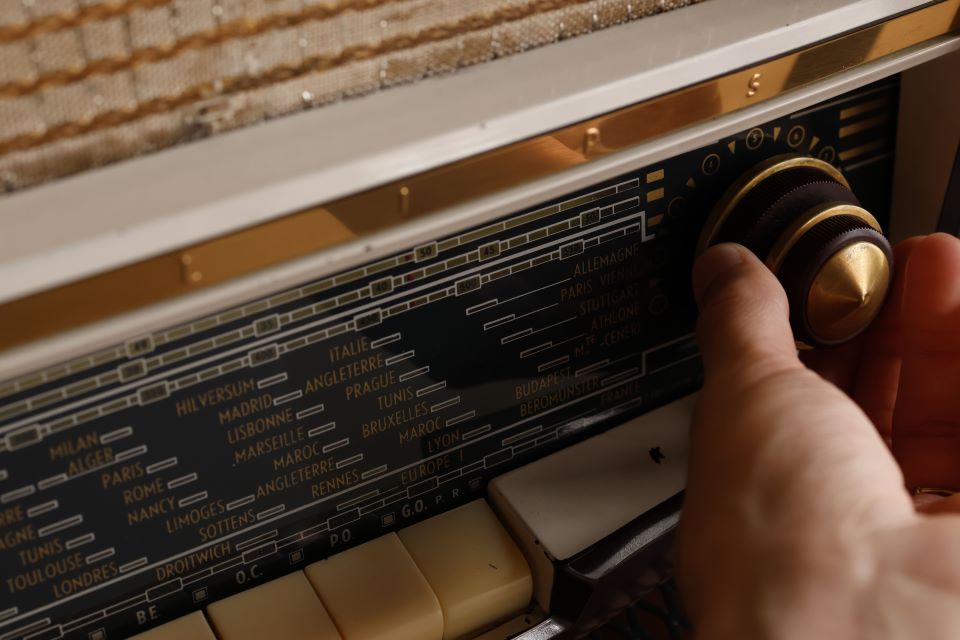The forgotten treasure of the attic
You've found an old radio in your grandparents' attic or picked up a gem at a flea market. This object, with its patinated wood and mysterious dial, is a true witness to the past , bearing a wonderful story.
But the question remains: what to do with this treasure? Should it be kept as a simple decorative piece? Should it be attempted with a risky repair? Or should it be given a real second life by modernizing it?

A bit of history
To understand your radio, you have to understand its era. Born at the beginning of the 20th century, TSF (Transmission Sans Fil) was a revolution. Much more than a technological object, the radio was the beating heart of the home, bringing families together to listen to world news, plays, and music that influenced generations. From the majestic tube radios of the 1930s to the more pop-oriented transistor models of the 1960s, each device tells a snippet of this great story.
How to identify the year and model of your TSF station?
Before deciding what to do with your radio, it's always a good idea to identify its model , year of manufacture, and how it works. This will help you better understand its value, whether it's rare, and determine its future.
Where to look for information? Most of the time, a nameplate is located on the back of the radio or under its chassis. It generally mentions the radio's brand (Philips, Schneider, Ducretet-Thomson, etc.) and a model number.
Your investigation begins here: the nameplate. It's your radio's identity card, the most reliable source of information.
- Where to look for it? Most often, on the back of the radio. It's a small metal or rigid cardboard label.
- What information does it contain? A veritable goldmine: the make, model, and sometimes valuable technical details.
- What to do with it? With these clues, specialized sites like DOC TSF will help you unlock its secrets. You can also send us some photos. We will be happy to answer you and help you learn more. To send us your photos: HERE .
If the license plate is missing or illegible, don't panic. The adventure is just beginning.
A manufacturer's signature is often hidden in its logo... yes, it's hard to get more complicated!
How to recognize it? Each brand had its own style: a metallic crest for Philips , elegant lettering for Radiola , or the iconic clover for Grundig . Look at the details!
Is the logo still missing? We need to investigate further. A manufacturer always leaves its mark.
- Where to look first? On the dial . The brand name is often elegantly integrated there.
-
Secret hiding places?
- Inside the case , on a forgotten label.
- Engraved on a volume or frequency knob .
- Sometimes even embroidered on the speaker fabric .
- The craftsman's tip? Gentle cleaning. Dust is sometimes the best hiding place.
Each position is an enigma. Take the time to observe it; it will reveal its secrets to you.
Not sure? Identification is our passion. Send us photos of your TSF stations. and we will offer you a little free analysis of its history.
Once this work is completed, what second life will your TSF post have?
Once you have identified your position, you have three options:
Keep it as a decorative object? It's a simple and charming option. A beautiful radio, even a silent one, brings a touch of authenticity and character to any interior. It's a witness to history, a sculpture to be contemplated.
Trying to repair it: a false good idea? The idea of reviving the original sound is appealing. However, it is often unrealistic. For one thing, vintage components (tubes, capacitors, etc.) have become extremely rare, sometimes even impossible to find. They are no longer manufactured, either because the manufacturers have ceased production or because they have simply disappeared. And even when you manage to find some, there is no guarantee that the repair will last over time.
On the other hand, and this is the crucial point, French stations no longer broadcast on long waves (AM), and the network is now largely obsolete, even non-existent in some areas. Even FM is gradually beginning to decline. The future of radio is now taking shape on the digital side, particularly with DAB+.
So what can be done?
Modernizing it is the way to bring about a true renaissance.
It is the solution that combines the best of both worlds: preserving the soul and aesthetics of the object, while giving it a new utility, a new future.
At A.bsolument , modernization is our core business. We don't just repair, we reinvent.

- A reliable Bluetooth® connection: Listen to Spotify, Deezer, your podcasts and even the radio... directly from your phone, with today's simplicity.
- Exceptional sound quality: We replace the original speaker with modern acoustic components (including those from our partner Focal ), for a sound that combines the best of both worlds: the warmth and nostalgia of the original sound, combined with the clarity and power of modern sound, ideal for fully enjoying your playlists today.
- Artisanal know-how: Each modernization is carried out by hand in our workshop in Clermont-Ferrand, respecting the integrity of your object.
This is our way of giving your radio a second life , of transforming a silent memory into a centerpiece of your daily life.
Conclusion
An antique radio is a treasure. But a treasure that sings is even more precious. Modernization is the best way to honor its history while giving it a future.
Ready to bring your story back to life?
Please feel free to visit our website to find out more, or contact us directly if you have any questions - we will be happy to answer them!


